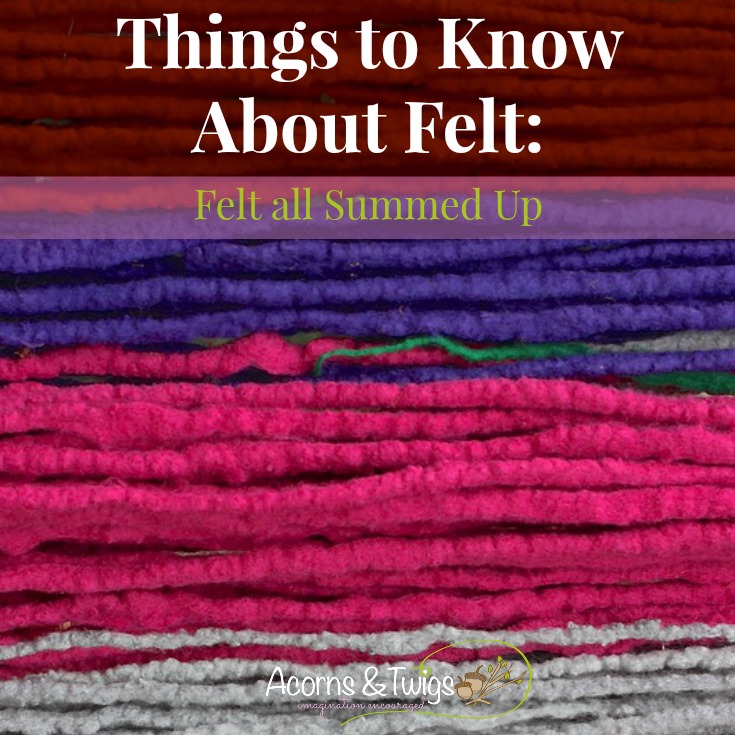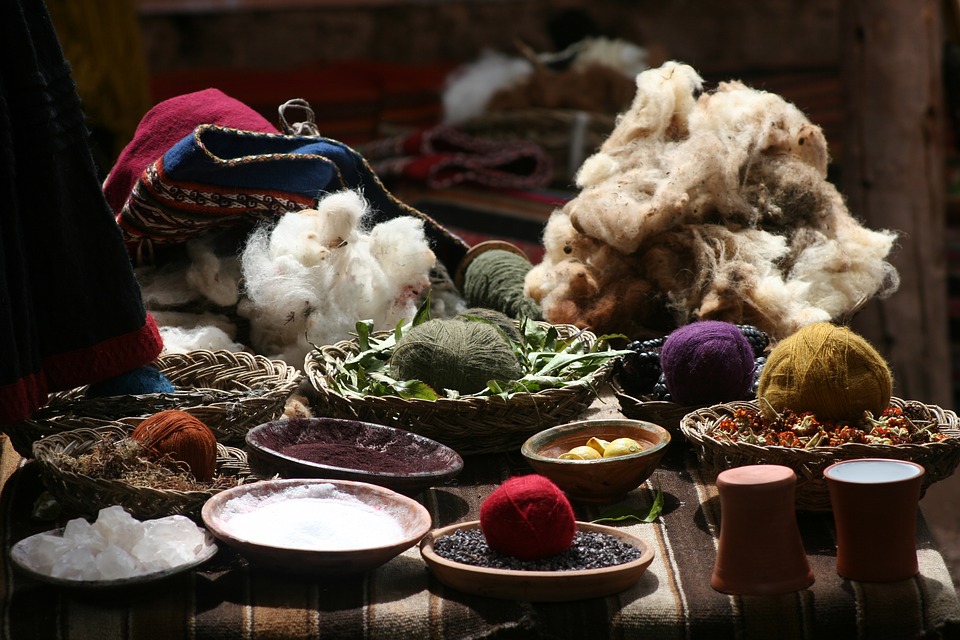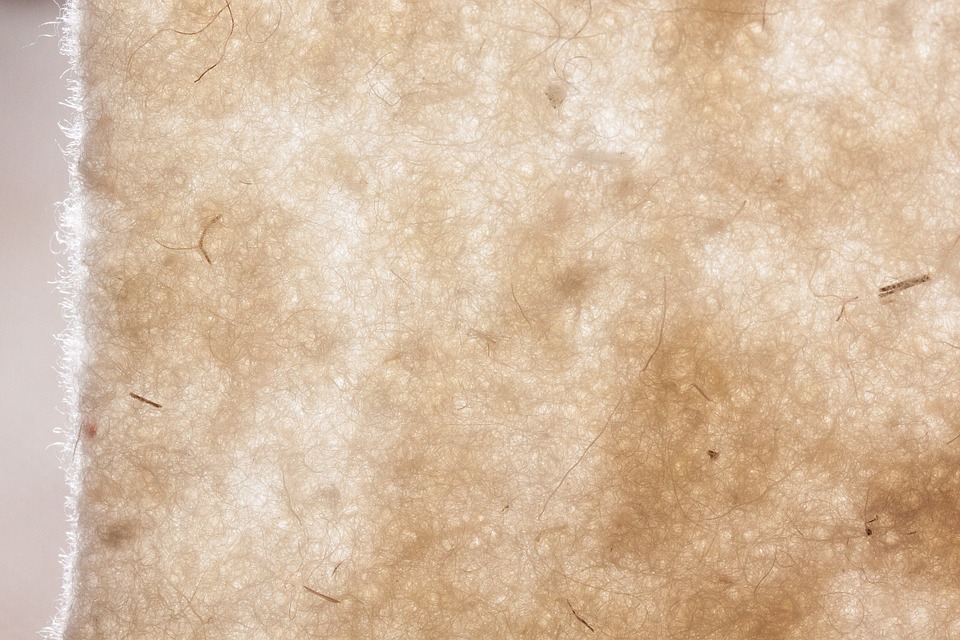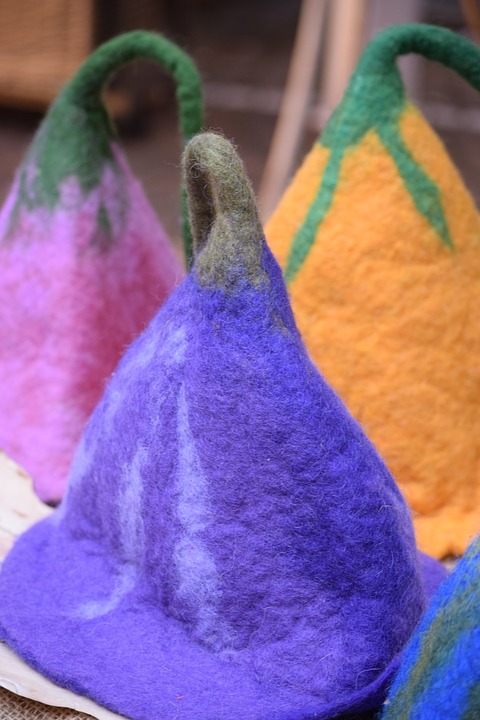Felt All Summed Up

I love felting with my children.
Starting with the youngest ones – this is a great sensory activity. The smell of wool both dry and then wet!
Touching the wool can require quite a bit of courage for some young children. It is interesting to watch each child and their different reactions to such a light, soft and fluffy material. Some handle it as if it where a cloud, about ready to fly away. Others just get right to it and grab a big chunk of it.
The warmth of the water.
The soap buds.
The colors! Oh my!!
School aged children can practice their fine motor skills by laying the wool out into a picture or by forming a figurine or ball. This is a skill even some adults find difficult at first.
The skills to be learned are endless. It can get quite complicated especially if making garments or hollow objects or different textures and colors.

Felting can help teach:
– creativity in designing an object
– Care when laying the wool
– Sensitivity to the first impressions of the fibers
– Strength when it is rolled or fulled into a solid substance
– Patience and perseverance while waiting until the felt is finished
Tips to Remember
Here are a few general rules of thumb:
– Fine fibers shrink more than coarse fibers.
– Thinly laid wool shrinks more than thick.
– Felt fulled using a mat (possibly with a stake as a core) shrink less than rolled in the towel or something soft.
– As a rough guideline, a shrinkage of the wool of about 40% (plus / minus 10%). Read here why I don’t think you should use % to describe your wool’s shrinking rate.

If you want to know even more about needle felting then I suggest you take a look at our e-book “Understand Needle Felting“.
Characteristics
Just like any other material, wool and felt made of it, has certain demands and peculiarities. If you want to know what items are suitable to be made of felt, you need to consider the following characteristics:
Felt is…
– insulating (whether as a Mongolian yurt or as a garment, for example as a shoe or shepherd’s coat)
– sound-proof (e.g., carpet)
– water-repellent (e.g., as a hat)
– shock-absorbing (e.g., as a bag or pouch)
– non-flammable
Felt is not…
– set in stone. It will not necessarily keep it’s shape or form.
– resistant to abrasion. Especially when the felt is in motion, such as shoes or an elbow of sleeves it will start to wear and tear.

What will your next felting project be? Are you feeling motivated?! Let me hear your thoughts in the comments below!
About the Author Jenn
Hi! I'm Jenn! I'm an ambitious, creative and natural mama of four awesome kids: Amy (born in 2010), Blake (2011), Cody (2013), Lulu (2014) - yeah my husband and I took a year off in 2012 - go ahead, call us lazy :) My husband Gerhard, our four kids and I live in America’s heartland on a small, in-town acreage in Iowa – but that is pretty new. We are still grounding after an international move from Germany. This is not an understatement, an international move is WAY different than a normal move, but that is a whole different story! I am here to share our love, knowledge and experiences of waldorf in the home including holistic toys, crafts and food. My goal is also to share helpful tips on natural parenting and healthy play.

